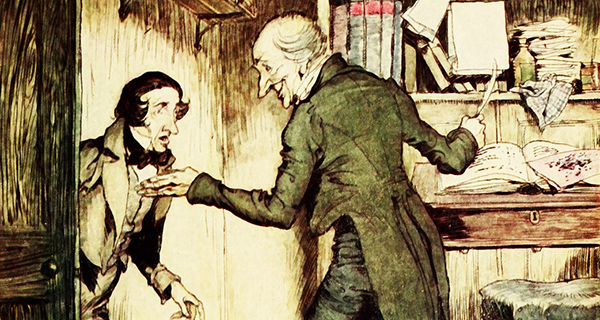 As financial markets around the world erupt, dampening the festive spirit of this time of year, plenty of blame has been passed around.
As financial markets around the world erupt, dampening the festive spirit of this time of year, plenty of blame has been passed around.
There are some notable geopolitical risks in the Middle East, Ukraine, North Korea, Pakistan and elsewhere. There’s the trade war between China and the United States. There are also signs of slowing global growth. All these things weigh on stock markets.
Perhaps the most predictable factor – and the one that usually causes bull markets and economic expansions to end – is an increase in interest rates by central banks.
That’s followed, more atypically, by attacks (in India, Turkey and the U.S.) on the dubious sanctity of central bank independence.
Once again, we wonder if central banks are about to overreach. By trying to rein in inflation, artificially stimulated economic growth, and financial speculation and over-leverage, will they bring on yet another recession?
It’s a particularly important question since it feels like we’re just recovering from the last recession.
Isn’t it a little strange, then, that we’re so dependent on the machinations of central banks and the people who operate them? Is this how it should be? Could there be alternatives?
Central banks exist to oversee all other banks and financial institutions, ensuring that they’re solvent and soundly managed. They are the guardians and issuers of the national currency, to keep it respected, safe and used honestly. They control the money supply and the liquidity of the national economy, to allow enough credit to keep commerce and personal finances flowing while keeping inflation neither too high nor too low. They principally do the latter through short-term interest rates and buying and selling bonds.
They also act as lender of last resort to financial institutions in case of financial panic or illiquidity; are the fiscal agent for the government, issuing debt and handling its outstanding debt structure; act as a clearing house for financial transactions, mainly between banks; collect and make public economic and financial information.
That’s a long list and it’s not clear that central banks fulfil these functions well.
As lenders of last resort, they have stumbled repeatedly:
- the asset-backed commercial paper crisis in Canada 10 years ago;
- the financial collapse of Lehman Brothers, Bear Stearns, Merrill Lynch, Countrywide Financial, Fannie Mae and Freddie Mac, AIG and others in the United States;
- the failure of Northern Rock in the United Kingdom.
Central banks also failed in the 1982 recession and, most infamously, in the Great Depression of the 1930s
Central bankers were slow to recognize that anything was wrong in 2017-2018. They raised interest rates in advance of the crisis, to well above supposedly neutral levels, and that exacerbated the economic slowdown.
When it comes to being the guardians of money, the plethora of alternatives – bitcoin, Ether and other blockchain cryptocurrencies – suggests a lack of public faith. The loonie, U.S. greenback, euro and other traditional currencies fluctuate wildly.
Electronic payment systems also show that central bank clearing isn’t vital.
As for being stalwart fighters of inflation, the very opposite is true. Prior to the establishment of current model for central banks about a century ago, inflation was minimal. In fact, deflation was quite common since currencies were based on silver and gold; the money supply could grow no faster than the production of those metals.
Since central banks were created, inflation has been well above zero, except in the 1920s and ’30s, when real (adjusted for inflation) interest rates were high and credit tight.
Once central banks were founded, inflation became common, often destroying savings and lenders, disrupting and devastating financial markets, and making ordinary citizens’ lives miserable. This was most vividly true in First and Second World Wars, the Korean and Vietnam Wars, and during the attempts to debase western currencies to counteract the rising price of oil in 1973-74 and 1979-81.
The idea that central banks help temper economic booms and busts is laughable. They are more likely to cause them or exacerbate them. Nearly every recession of the past 70 years has been preceded by an inverted yield curve: short-term interest rates determined by central banks that exceed those of long-term rates (bond yields).
Central banks are more likely to cause recessions, either by raising rates too much, too early or too late, or by allowing too much financial speculation (by setting rates be too low).
A decentralized banking system – more innovative and transparent, driven by free-market principals and less imposed from above – may bring us much more happy and prosperous new year.
Ian Madsen is a senior policy analyst at the Frontier Centre for Public Policy.
The views, opinions and positions expressed by columnists and contributors are the author’s alone. They do not inherently or expressly reflect the views, opinions and/or positions of our publication.
